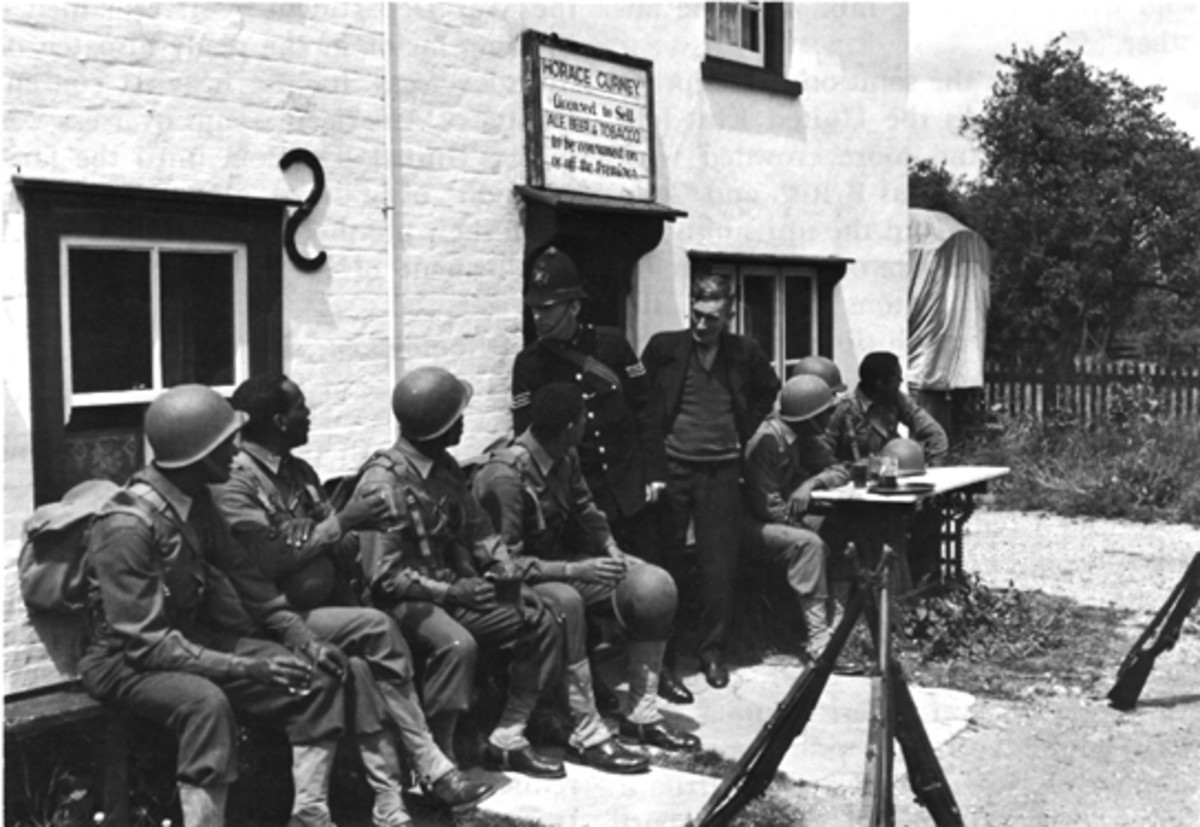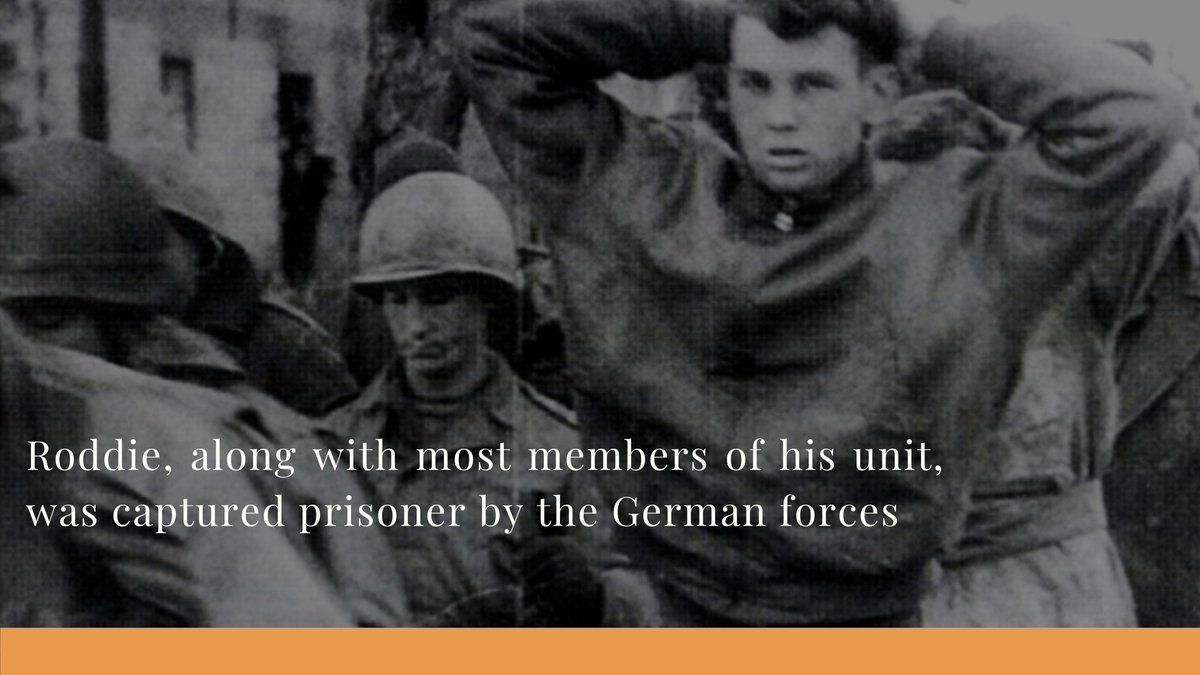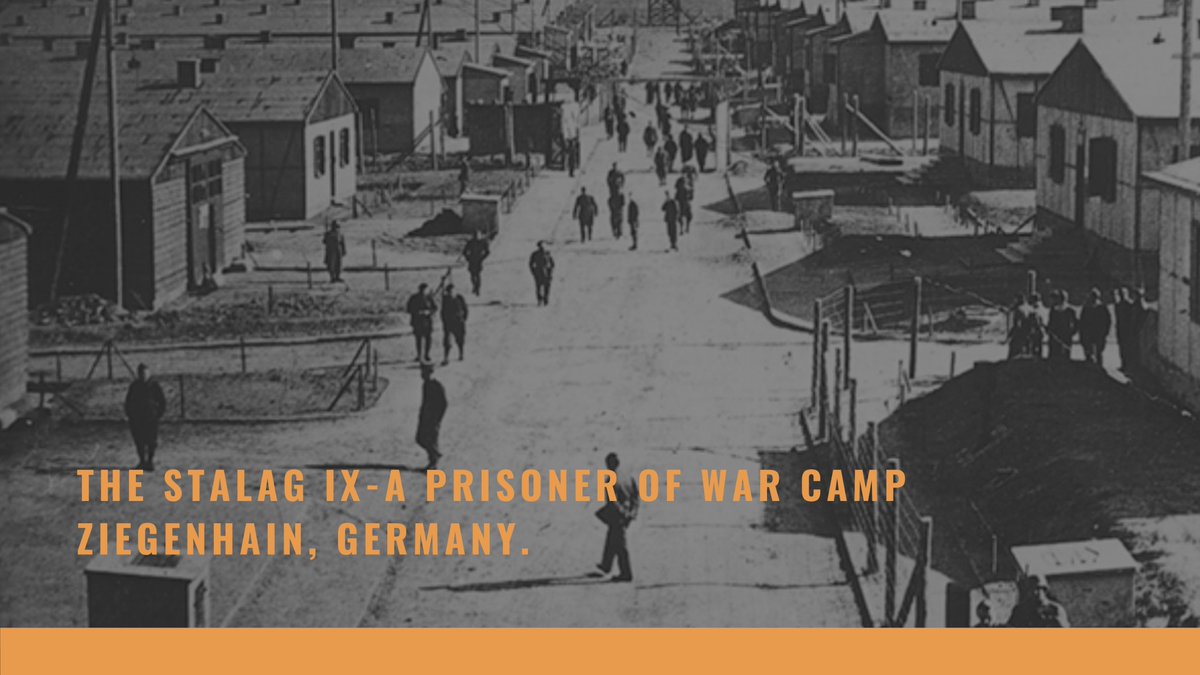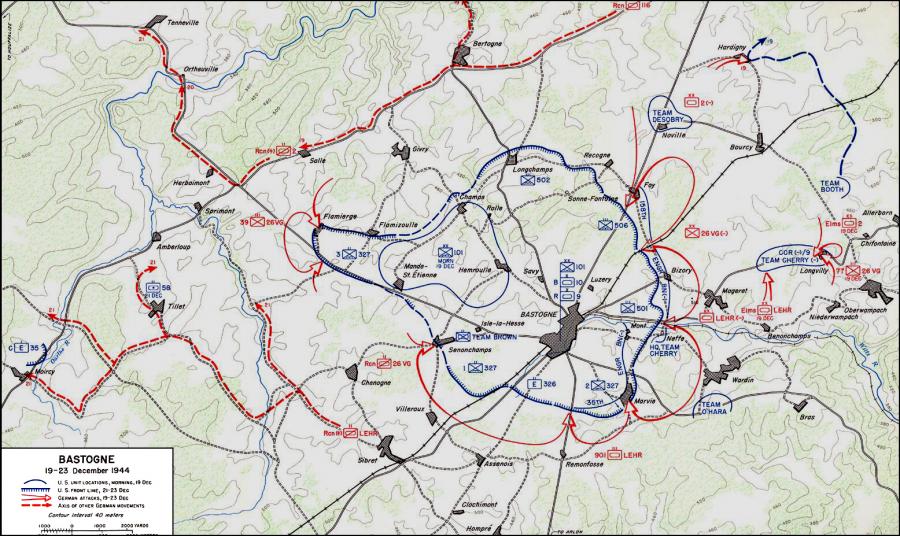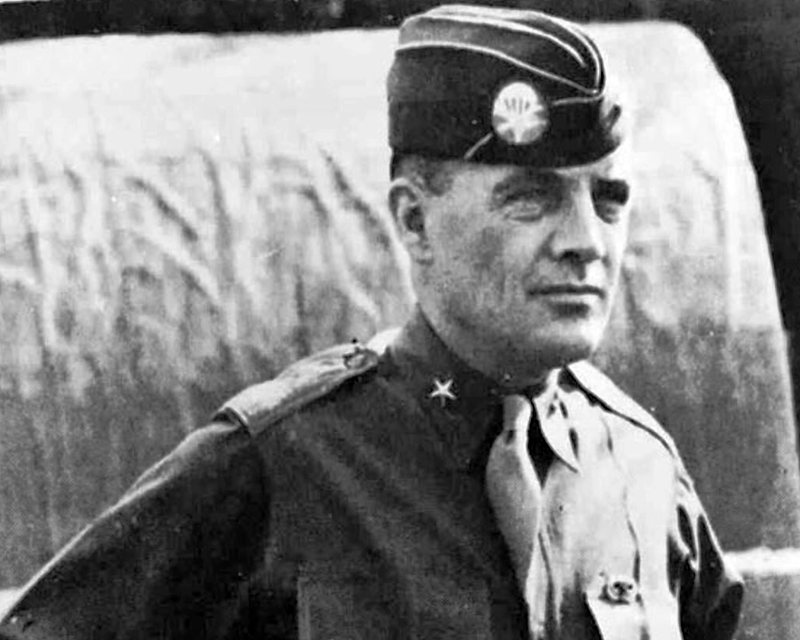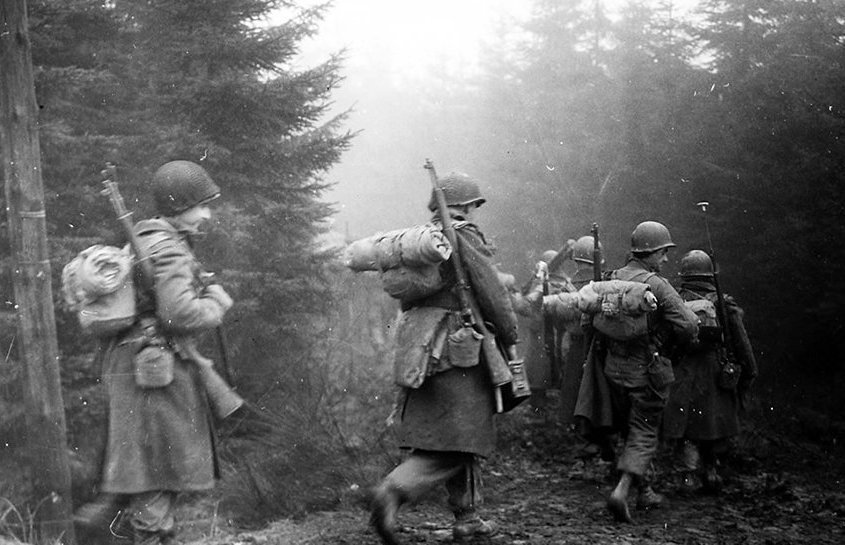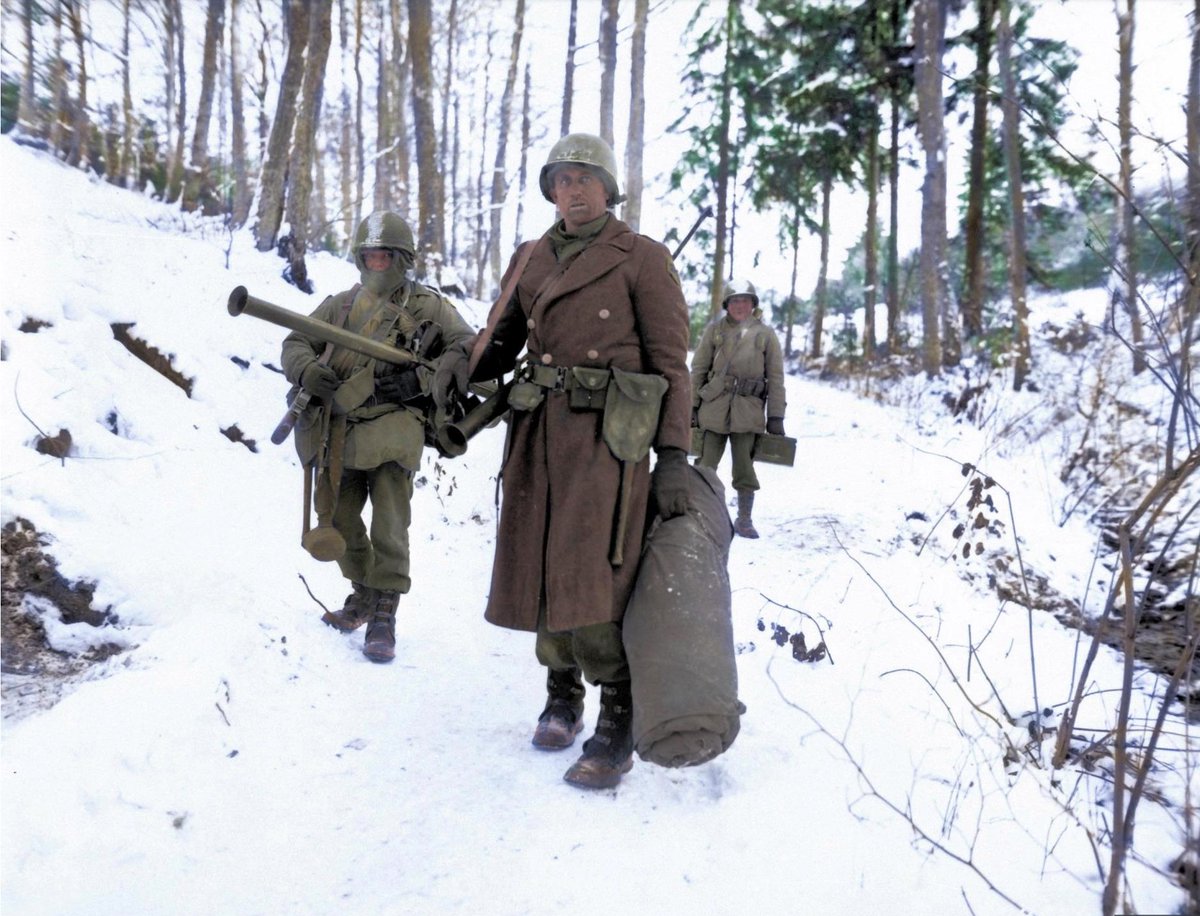
THE WERETH 11: A THREAD IN 10 TWEETS
A tragically under-examined tragedy of the Battle of the Bulge is that of the all-black 333rd Field Artillery Battalion.
A tragically under-examined tragedy of the Battle of the Bulge is that of the all-black 333rd Field Artillery Battalion.
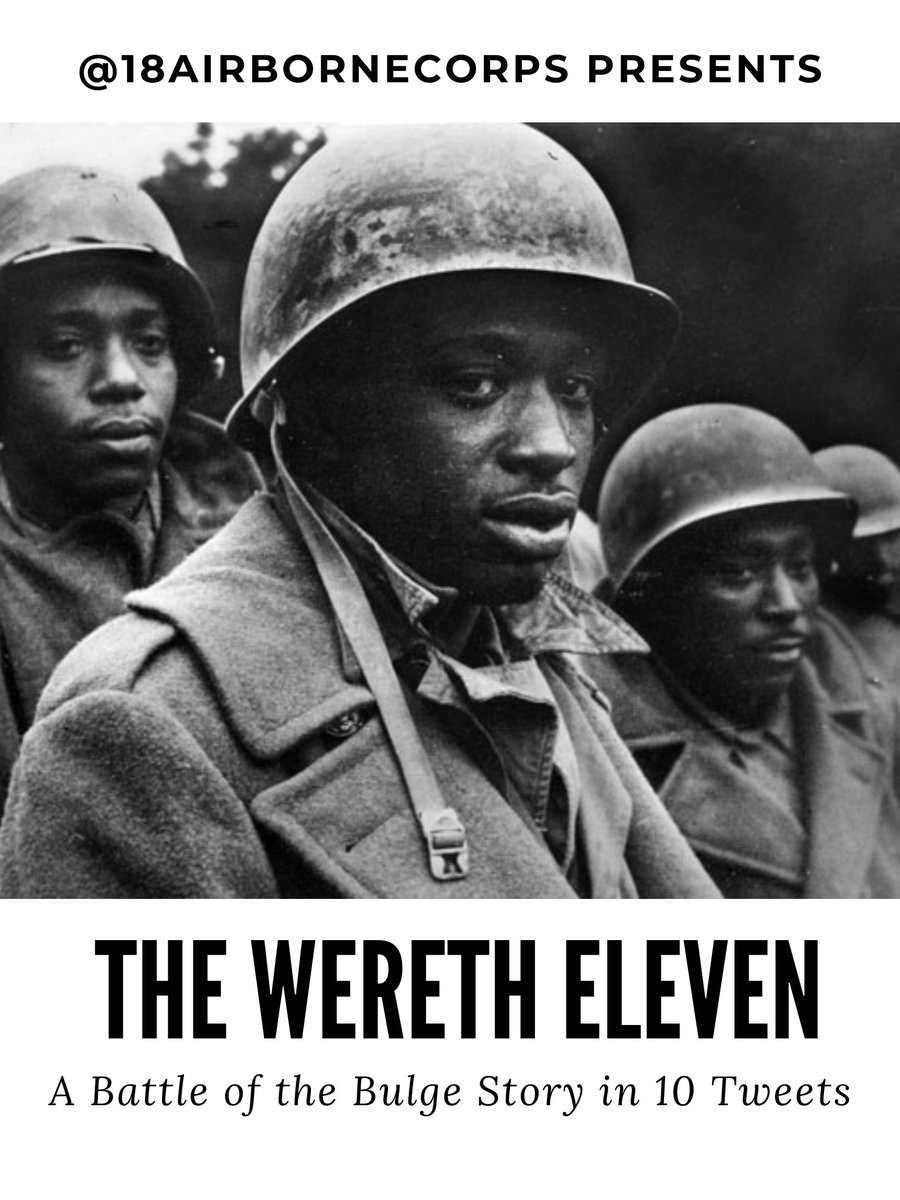
2 of 10: In 1943, the men of the 333rd formed on Camp Gruber, Oklahoma to the European theater. During their training, the men faced segregation on and off-post. These American Soldiers were forced to sit in the back of the troop buses & were denied access the post movie theater 
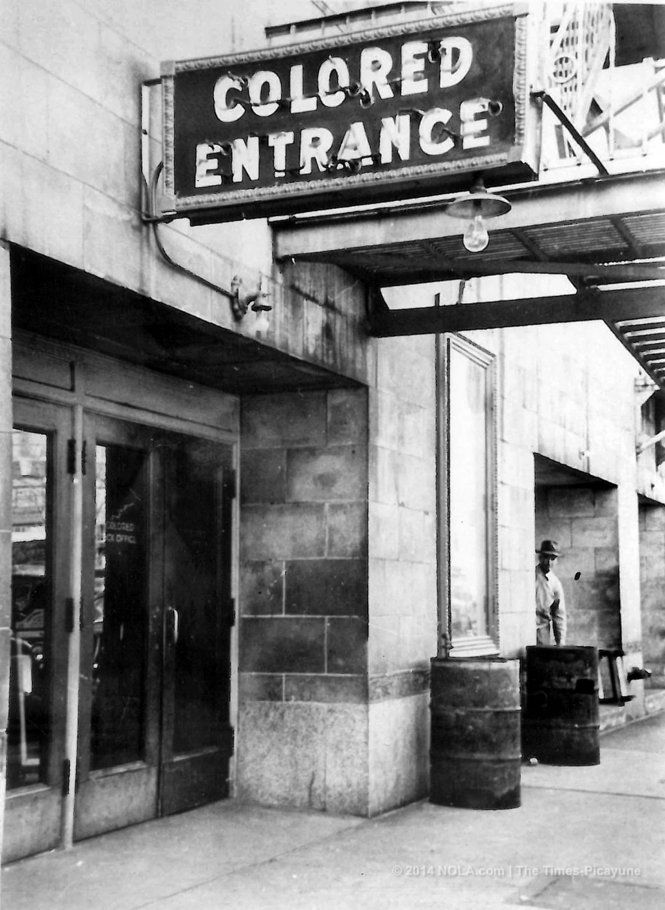
4 of 10: The battalion began fighting in the St. Vith area of Belgium in April of 1944. The unit’s main gun was the standard M114 155mm howitzer (towed). The 333rd had an impressive record, once firing 1500 rounds in 24 hours and later capturing a village in France. 
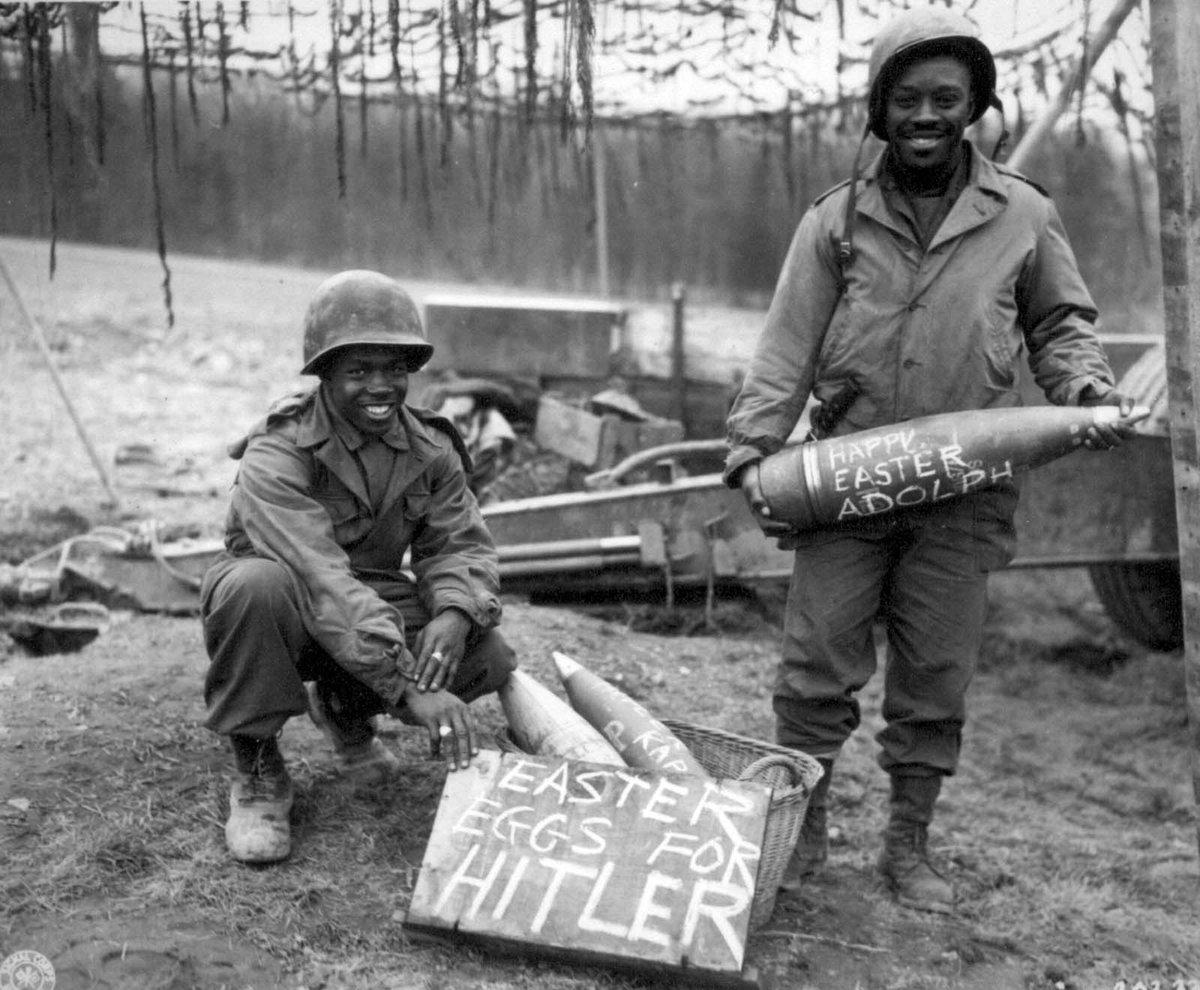
5 of 10: The men fought like lions. In May, the 333rd claimed a French village from German hands, capturing dozens of German prisoners. 
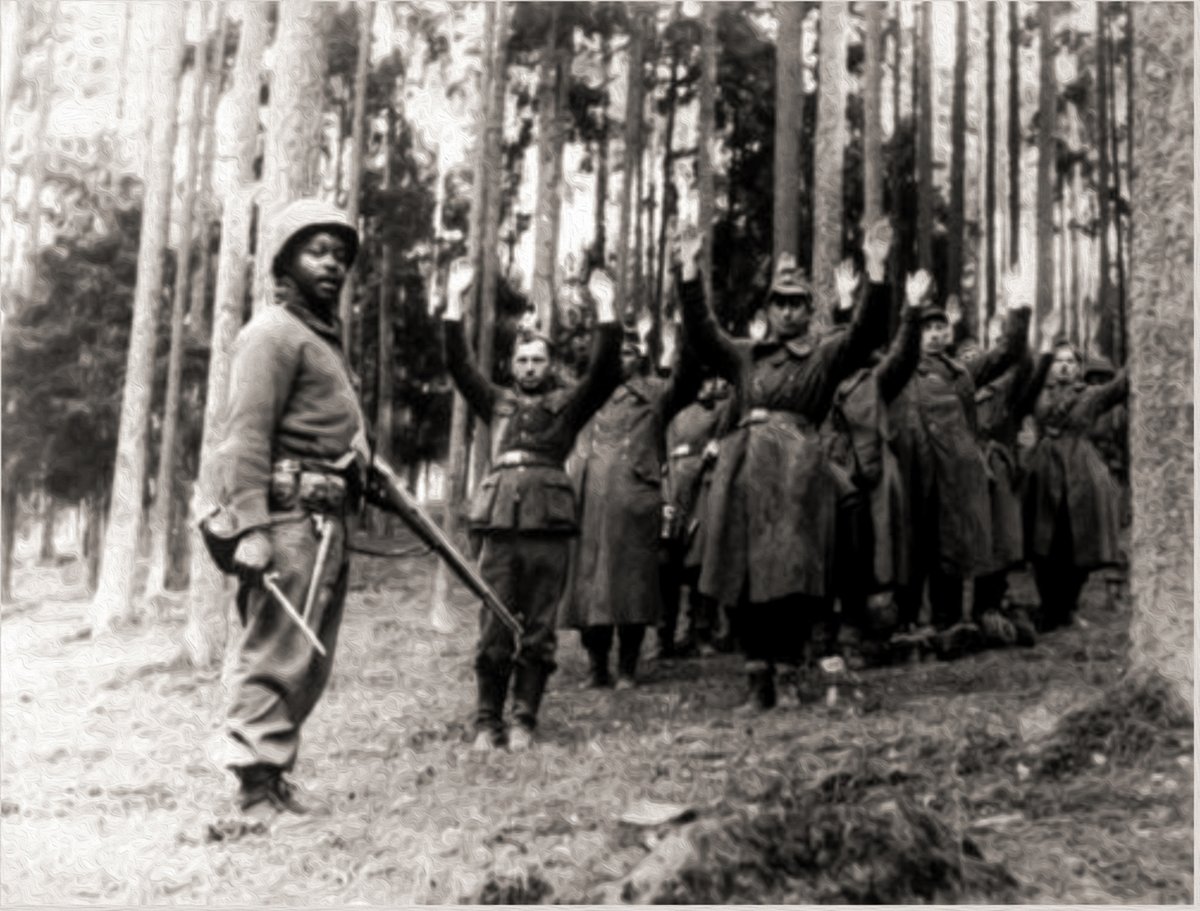
6 of 10: During the initial ferocious German Panzer push into Saint Vith during the Ardennes Counteroffensive, the battalion was overrun. 11 men, separated from the unit, scattered into the village of Wereth. A local Belgian family took them in and offered them protection. 
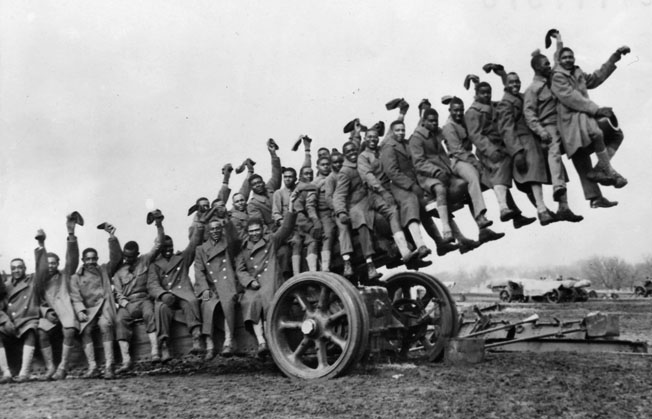
7 of 10: Ultimately, SS storm troopers found these 11 black troops. They were held out in freezing weather and questioned. They were then brutally tortured and killed. 
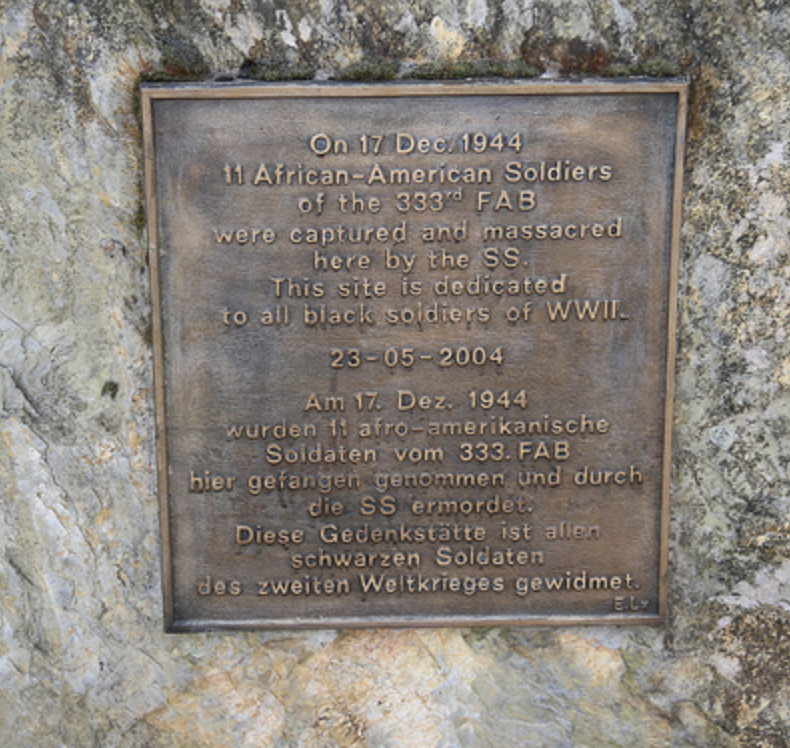
8 of 10: For decades, this atrocity was largely overlooked, overshadowed by the Malmedy massacre of white Soldiers. Discriminated against in their own country, the Wereth 11 fought in Europe to save the free world from tyranny. They died without equal rights. 
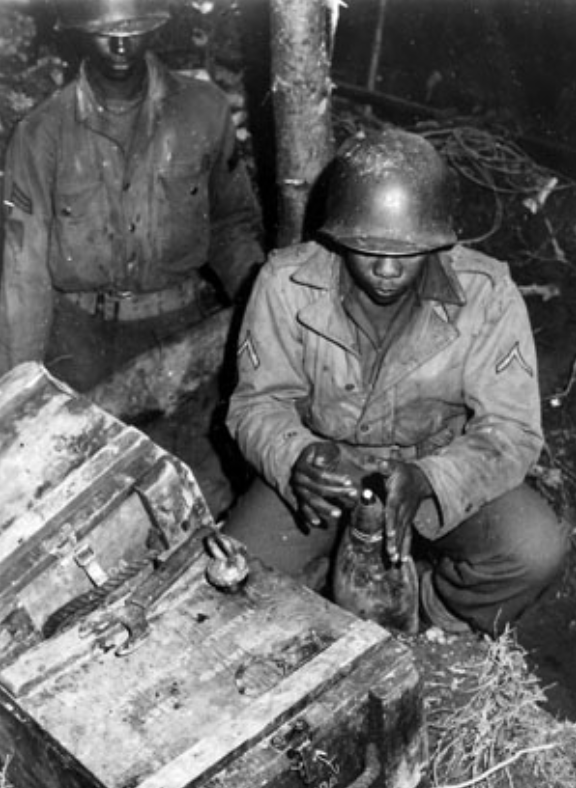
9 of 10: Today let's remember Curtis Adams, Mager Bradley, George Davis Jr., Thomas Forte, Robert Green, James Leatherwood, Nathaniel Moss, George Motten, William Pritchett, James Stewart, and Due Turner. 
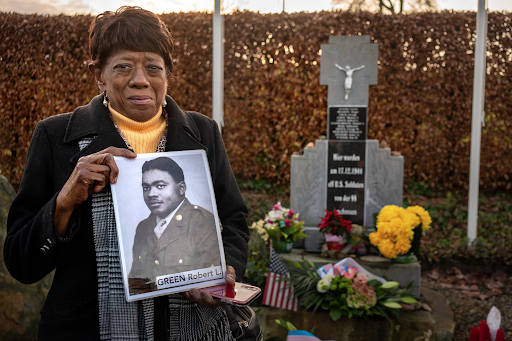
FINAL TWEET: After the war, the 333rd was awarded the Presidential Unit Citation for its courage in the Battle of the Bulge. At the time President Truman signed that citation, the U.S. military remained segregated. 
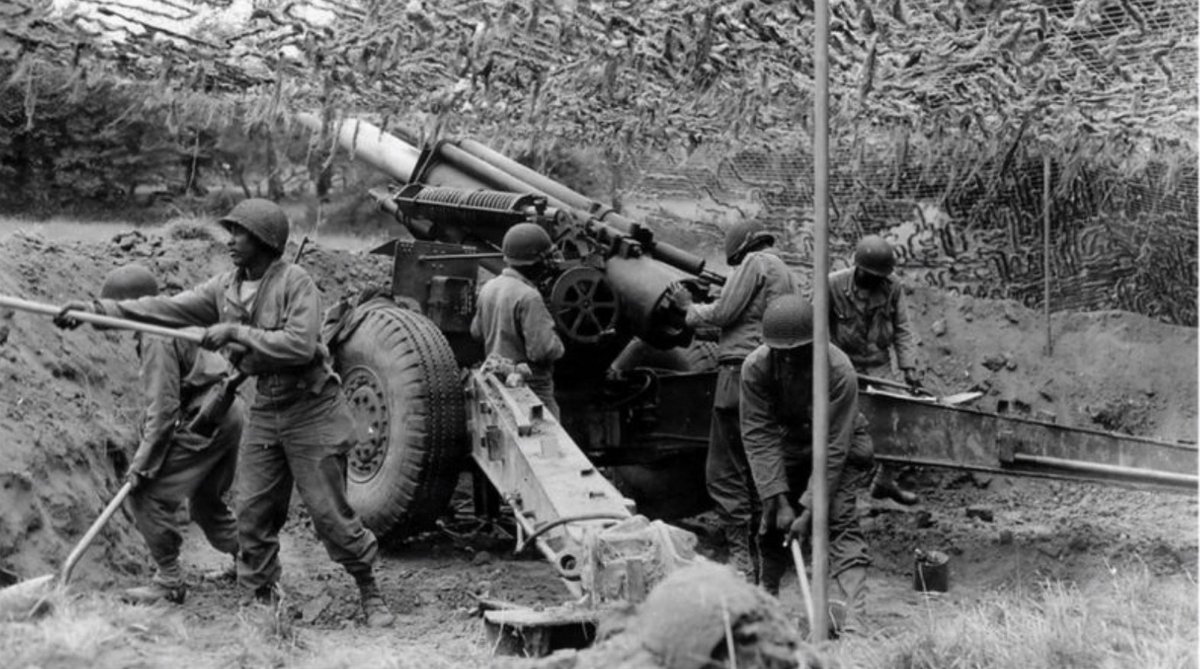
• • •
Missing some Tweet in this thread? You can try to
force a refresh
